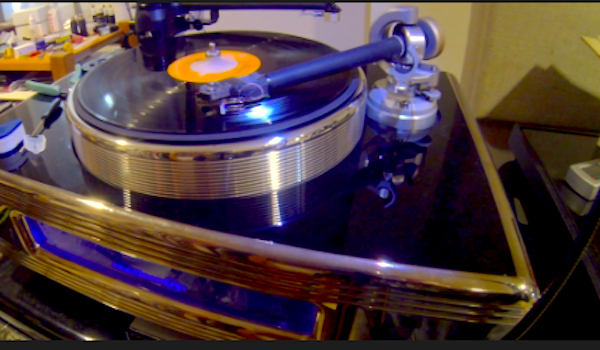Album Reviews
Sort By: Post Date TitlePublish Date
|
Aug 26, 2016
|
Jul 26, 2016
|
Jul 13, 2016
|
Jun 21, 2016
|
Jun 15, 2016
|
May 30, 2016
|
Apr 07, 2016
|
Apr 01, 2016
|
Mar 02, 2016
|
Jan 26, 2016















